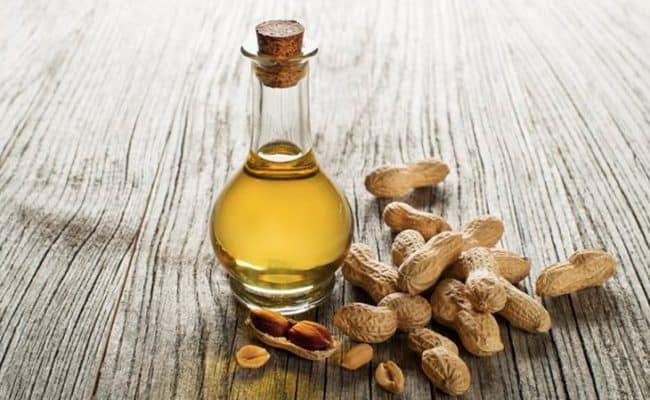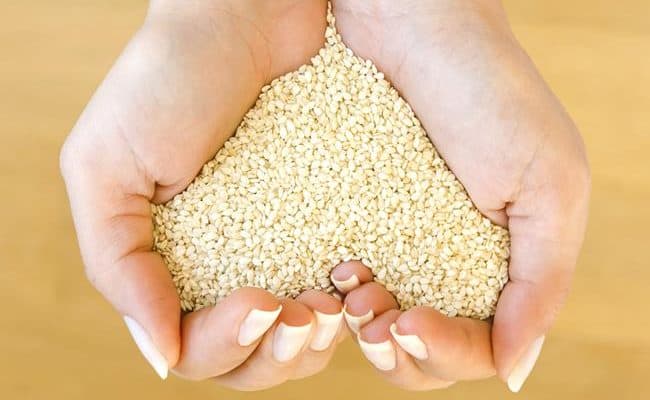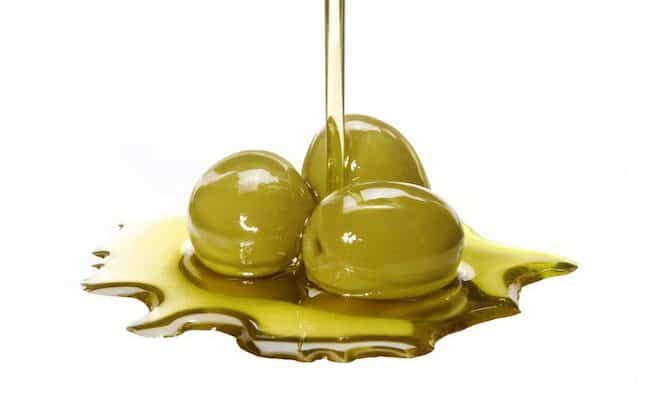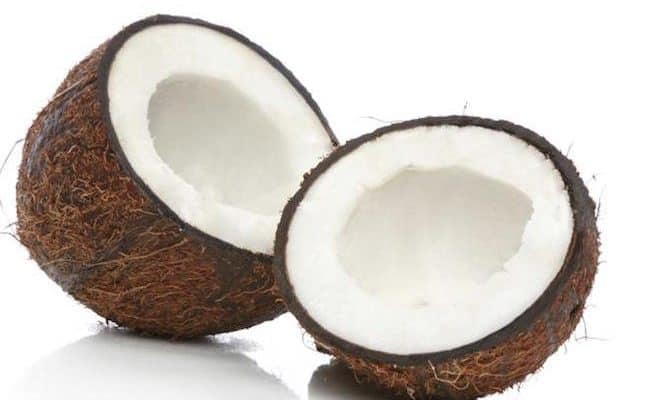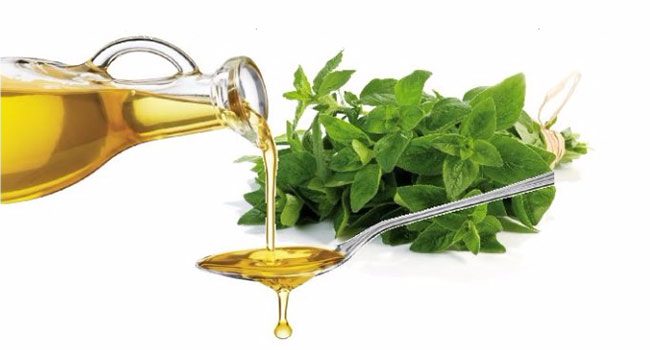
Vegetable oils can be a source of essential fatty acids omega 3, 6 and antioxidant vitamin E. Vegetable oils are usually higher in mono and poly unsaturated fats compared to solid (animal) fats. Consuming most of your fat intake from mono/polyunsaturated fats is recommended for overall health.
Fats should make up between 20-30% of daily calories, but getting up to 35% of calories from fat can also be ok if most of the fat is from monounsaturated fats.
Having a higher fat intake from monounsaturated fats, like nuts, olive oil, avocados, is characteristic of the Mediterranean diet. Following a Mediterranean diet is associated with many health benefits including lowering risk for cardiovascular disease.
Studies have shown replacing saturated fats or refined carbohydrates with polyunsaturated fats can be beneficial for heart health (1).
However, getting too much omega 6 fatty acids over omega 3 fatty acids may increase risk for inflammation (2).
Safflower oil is considered a good source of polyunsaturated fats and omega 6 fatty acid. Safflower oil has a neutral flavor which can make it appealing to cook with.
Safflower oil should be used with lower temperature cooking, but safflower oil that is high oleic means it is altered to have more monounsaturated fats and can be cooked at high temperatures (3).
There are some benefits with safflower oil, but it should be eaten in moderation and in combination with other fat sources in the diet.
What is safflower?
Other oils made from olives, sunflower, corn, peanut, etc. are recognizable as these foods are commonly consumed in a Western diet.
The safflower plant has orange/yellow flowers and spiked leaves. Safflower can sometimes be used as a replacement for saffron, and it was originally used for making dye for clothes and food.
Safflower is in the same family as the sunflower, and both produce a similar oil nutritionally.
Safflower is grown in the United States with about 50% coming from California and the rest of US production from Montana, Dakotas, Idaho, Colorado and Arizona (4).
Different types of safflower oil
Safflower can come in 2 ways: high oleic (monounsaturated) or high linoleic (polyunsaturated). Safflower oil, like sunflower oil, is naturally high in polyunsaturated fat.
All fats provide 9 kcal/gram making it the most calorie dense macronutrient. Therefore, like other oils, a tablespoon of safflower oil provides around 120 calories.
High oleic safflower oil is made to be higher in monounsaturated fats. High oleic safflower oil is considered to be more shelf stable and has a higher smoking point than regular safflower oil.
High oleic safflower oil is higher in monounsaturated oil and can be used for high heat cooking. Safflower oil higher in polyunsaturated fats should be used for dressings or low heat cooking.
Why some warrant caution with safflower oil
Both omega 3 and omega 6 are essential fatty acids needed for health. Safflower oil is a good source of omega 6 fatty acids.
Omega 6 help stimulate hair growth, regulate metabolism and maintain the reproductive system. Omega 3 fatty acids are considered to be anti-inflammatory, and some omega 6 fatty acids can be considered pro-inflammatory.
Therefore, getting the right balance of omega 3 and 6 is important for helping to regulate inflammation in the body. Unfortunately, most Americans get too much omega 6 in their diet and not enough omega 3.
Therefore, limiting intake of oils high in omega 6 and increasing oils high in omega 3 may be encouraged by some health professionals and scientists.
Polyunsaturated fats, especially in place of saturated fat and refined carbohydrates, can be part of a heart healthy diet according to some research.
Canadian scientists have called into question of calling the high omega 6 oils safflower, sunflower and corn oil as heart healthy.
A 2013 article (5) from The Canadian Press suggest these high omega 6 oils may not be beneficial for heart health according to some research studies.
The take away is consuming a variety of oils may be best for health. Don’t limit your fat intake to just oils high in omega 6.
Make sure you are getting foods high in omega 3 as well. Research is ongoing for the optimal dosing for omega 3 and 6 fatty acids and ideal amount of monounsaturated fats.
Safflower and weight loss
A 2009 study (6) compared the effect supplementing either safflower oil or conjugated linoleic acid (CLA) on body weight in obese study participants that had type 2 diabetes.
Researchers had participants supplement 8 grams of safflower oil every day for 16 weeks and 8 grams of CLA for 16 weeks.
There were no differences in energy intake, dietary fat amount or quality between the two groups.
Researchers found the safflower supplement group did not have significantly lower BMI or total body fat mass.
However, the safflower group did have significantly lower trunk fat mass. The CLA group showed a lower BMI and total body fat mass after supplementation period.
Researchers concluded supplementing with safflower oil (only 8 grams per day) may be beneficial for weight loss.
Safflower oil and diabetes
The 2009 study also found safflower to significantly lower fasting blood glucose levels in research participants.
A 2011 study (7) also found a daily intake of 8 grams of safflower oil per day for 16 weeks significantly lowered hemoglobin A1C levels and C reactive protein (one marker for inflammation) in obese women with type 2 diabetes.
HDL (considered good) cholesterol was also higher with safflower oil supplementation.
Researchers concluded safflower oil, but not CLA, may improve risk factors for diabetes complications. More research is needed, but these studies suggest safflower oil, as part of a healthy diet, may be helpful in weight regulation and even diabetes management.
